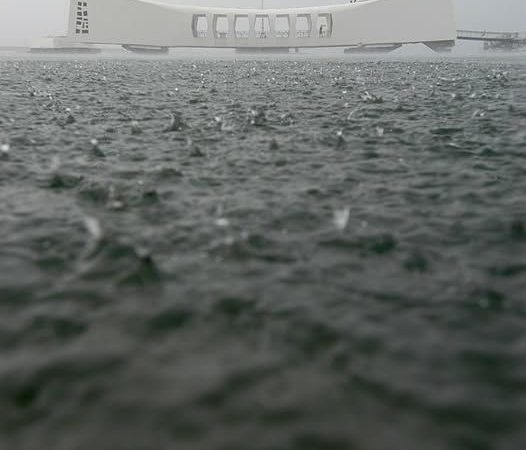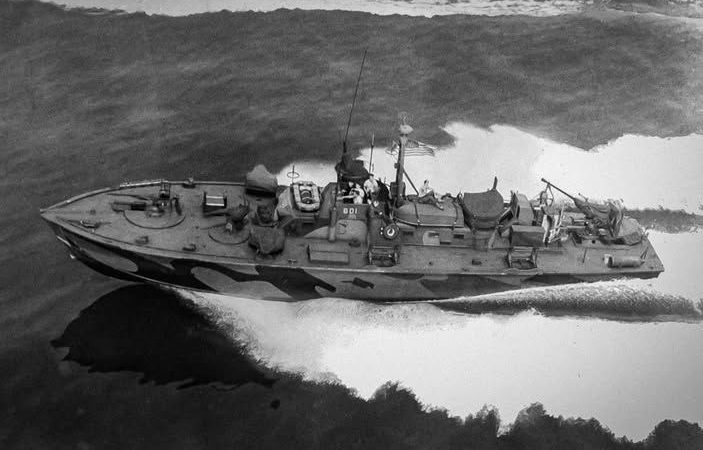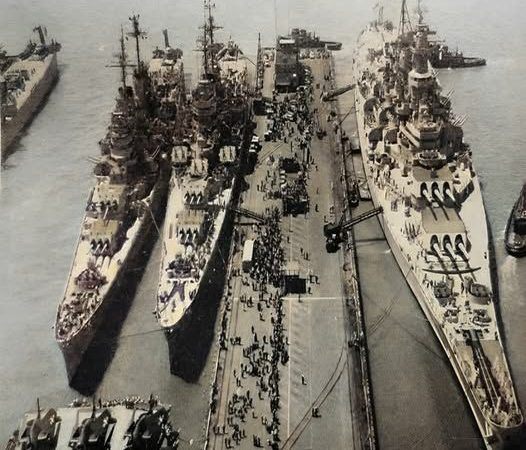Firepower of the SMS Prinz Eugen: Exploring Its Cannons
The SMS Prinz Eugen, a German heavy cruiser of the Kriegsmarine, was launched in the early 1930s and served prominently during World War II. Known for its impressive design and formidable firepower, the Prinz Eugen was equipped with a variety of cannons that played a crucial role in naval battles of the time. This article delves into the details of its armament, the significance of its firepower, and the impact it had on naval warfare.
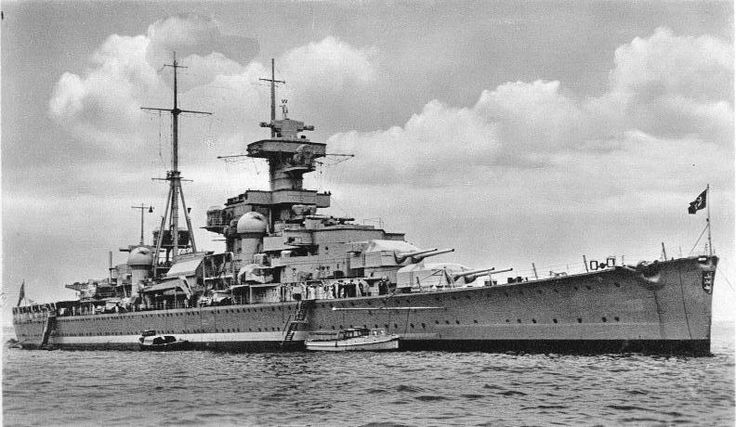
The primary armament of the SMS Prinz Eugen consisted of eight 8-inch (203 mm) SK C/34 guns, arranged in four twin turrets. These cannons were capable of firing high-explosive shells at a range of up to 30,000 meters (approximately 98,425 feet), making them one of the most powerful artillery pieces in the cruiser class at the time. The guns were designed for both naval engagements and shore bombardments, giving the Prinz Eugen versatility in combat.
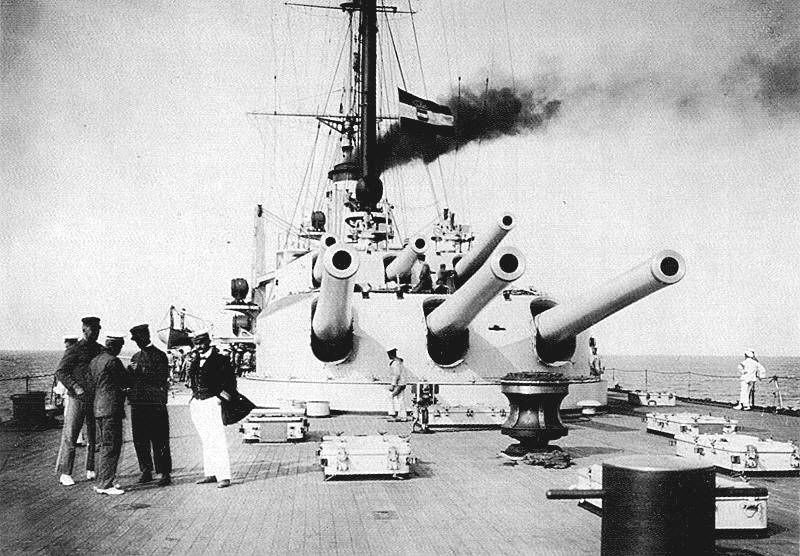
In addition to its main guns, the cruiser was equipped with a number of secondary and anti-aircraft weapons. This included twelve 3.7-inch (105 mm) SK C/33 guns, which served as its secondary armament, and several smaller caliber guns for anti-aircraft defense. The combination of these weapons allowed the SMS Prinz Eugen to engage multiple types of threats, from enemy ships to aerial assaults.
To effectively utilize its firepower, the SMS Prinz Eugen was outfitted with advanced fire control systems for its time. These systems included rangefinders and directors that allowed the crew to accurately calculate the distance to targets, compensating for factors such as wind and movement. This technological advantage enabled the Prinz Eugen to maintain a high rate of fire and achieve greater accuracy compared to its adversaries.
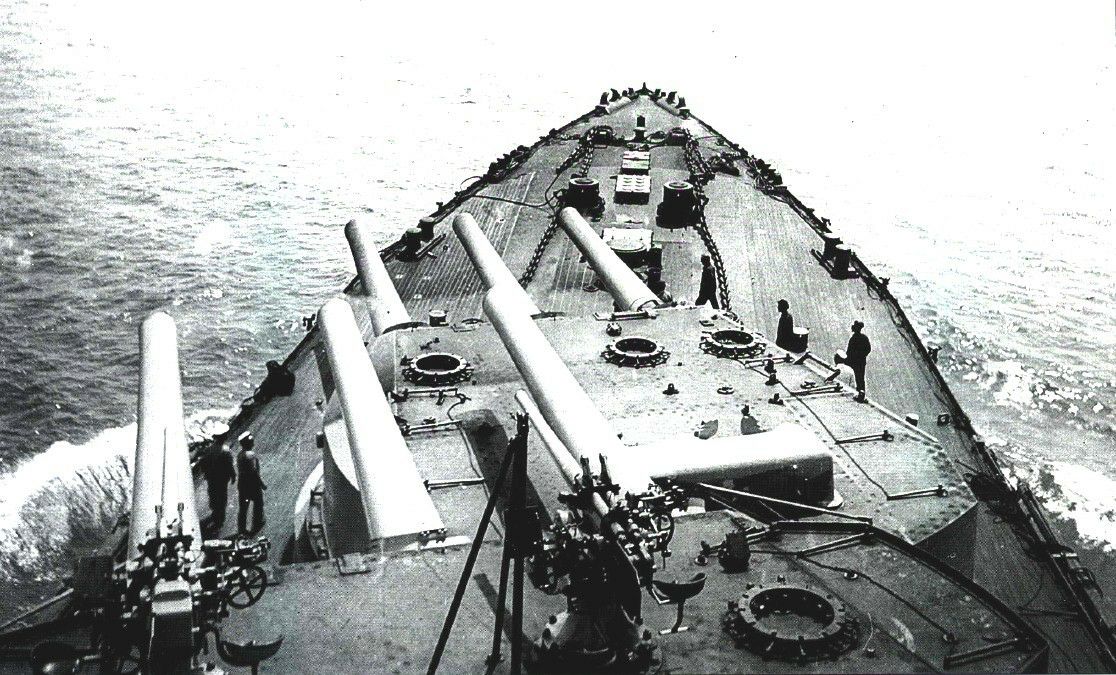
The firepower of the SMS Prinz Eugen was put to the test during several significant naval engagements. Notably, it played a vital role in the Battle of the Denmark Strait in 1941, where it participated alongside the battleship Bismarck. Although the Bismarck was ultimately sunk, the Prinz Eugen managed to escape and continue its service, demonstrating its resilience and effectiveness in battle.
Throughout its service, the Prinz Eugen’s cannons were instrumental in various operations, including naval raids and supporting ground forces during invasions. Its heavy firepower made it a formidable opponent, allowing it to engage enemy vessels and provide naval gunfire support to troops on land.
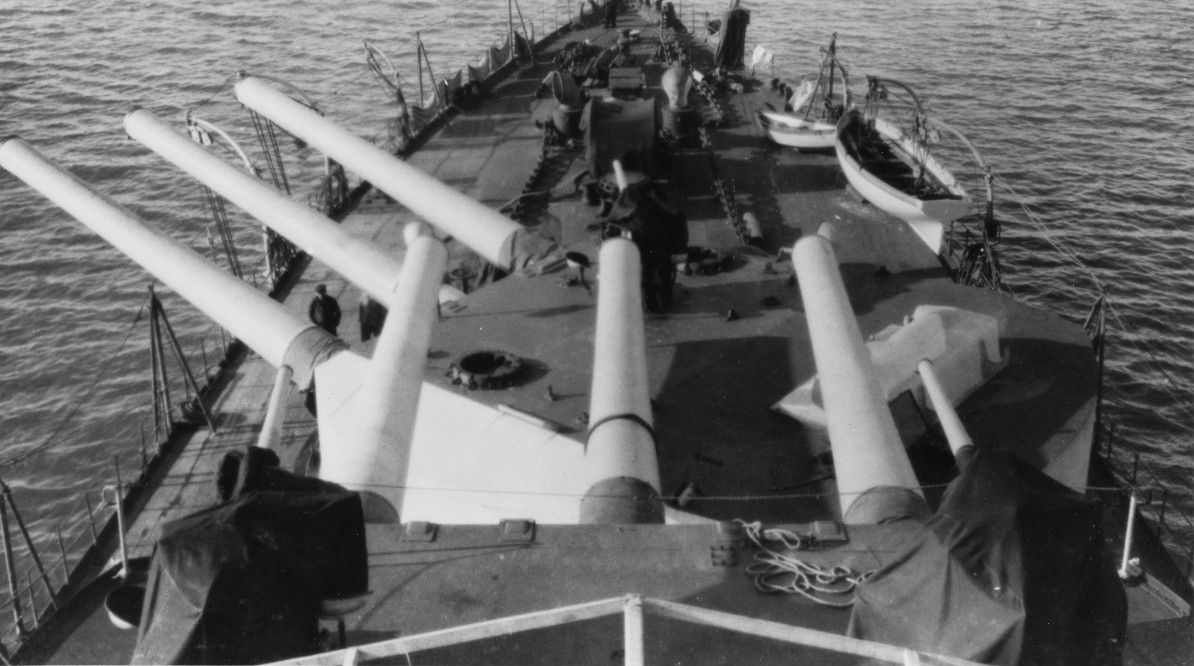
The SMS Prinz Eugen remains a notable example of naval engineering and firepower from the World War II era. Its cannons not only provided it with significant combat capabilities but also contributed to the strategic naval operations of the Kriegsmarine. As we explore the legacy of this iconic cruiser, it becomes clear that the firepower of the SMS Prinz Eugen was a key element in its historical significance and influence on naval warfare.

